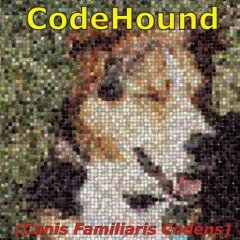Simulated Annealing - When brute-force takes too long
-
Recently Browsing 0 members
- No registered users viewing this page.
-
Similar Content
-
- 27 replies
- 5,862 views
-
- 0 comments
- 9,376 views
-
- 7 replies
- 2,353 views
-
- 5 replies
- 2,585 views
-
- 5 replies
- 4,435 views
-




Recommended Posts
Create an account or sign in to comment
You need to be a member in order to leave a comment
Create an account
Sign up for a new account in our community. It's easy!
Register a new accountSign in
Already have an account? Sign in here.
Sign In Now